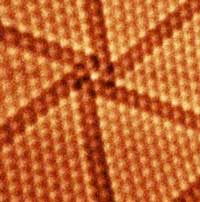 Scientists have developed a method for self-assembly of hexagonal organic porous structures on molybdenum diselenide film to create ordered nanostructures.
Scientists have developed a method for self-assembly of hexagonal organic porous structures on molybdenum diselenide film to create ordered nanostructures.
Wednesday, July 10, 2019
Organic porous structures on 2D defect networks
 Scientists have developed a method for self-assembly of hexagonal organic porous structures on molybdenum diselenide film to create ordered nanostructures.
Scientists have developed a method for self-assembly of hexagonal organic porous structures on molybdenum diselenide film to create ordered nanostructures.
Giving nanowires a DNA-like twist
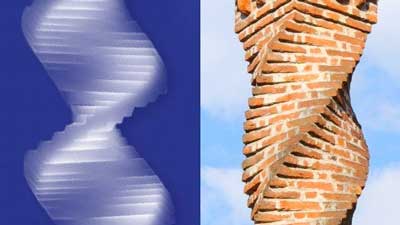 Scientists discovered a DNA-like twisted crystal structure created with a germanium sulfide nanowire, also known as a van der Waals material.
Scientists discovered a DNA-like twisted crystal structure created with a germanium sulfide nanowire, also known as a van der Waals material.
Chip converts waste heat into electricity
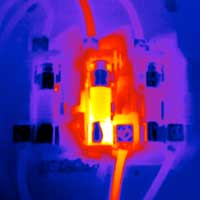 Researchers have discovered a way to produce more electricity from heat than thought possible by creating a silicon chip that converts more thermal radiation into electricity.
Researchers have discovered a way to produce more electricity from heat than thought possible by creating a silicon chip that converts more thermal radiation into electricity.
Imprinted nanoparticles fight breast cancer
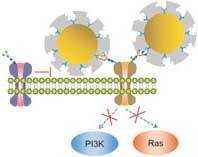 A particularly aggressive, metastasizing form of cancer, HER2-positive breast cancer, may be treated with nanoparticles 'imprinted' with specific binding sites for the receptor molecule HER2.
A particularly aggressive, metastasizing form of cancer, HER2-positive breast cancer, may be treated with nanoparticles 'imprinted' with specific binding sites for the receptor molecule HER2.
Charge transfer within transition-metal dyes analysed
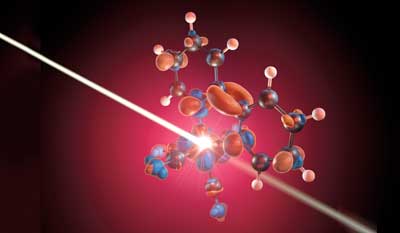 For the first time, a team there has investigated the fundamental photochemical processes around the metal atom and its ligands.
For the first time, a team there has investigated the fundamental photochemical processes around the metal atom and its ligands.
Carbon nanotube tape stays sticky in extreme temperatures
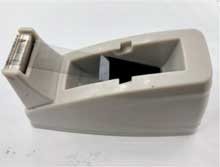 Researchers have developed a new nanomaterial tape that can function over a wide temperature range.
Researchers have developed a new nanomaterial tape that can function over a wide temperature range.
On the way to printable organic light emitting diodes
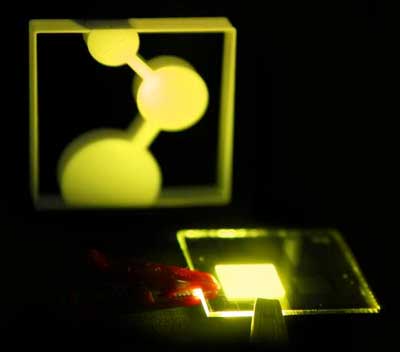 Researchers have been able to reduce the number of different layers that make up an OLED to just one. In the future, this could allow light-emitting diodes that can be printed with an inkjet printer.
Researchers have been able to reduce the number of different layers that make up an OLED to just one. In the future, this could allow light-emitting diodes that can be printed with an inkjet printer.
How to discover new materials quickly
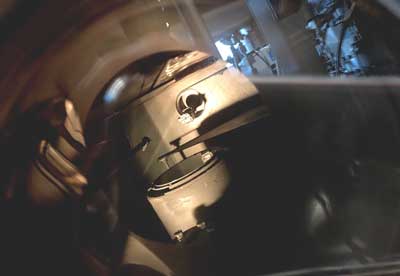 Material libraries, high-throughput experiments, big data, and artificial intelligence are expected to ensure that nothing is left to chance when it comes to new discoveries.
Material libraries, high-throughput experiments, big data, and artificial intelligence are expected to ensure that nothing is left to chance when it comes to new discoveries.
Quantum sensor breakthrough using naturally occurring vibrations in artificial atoms
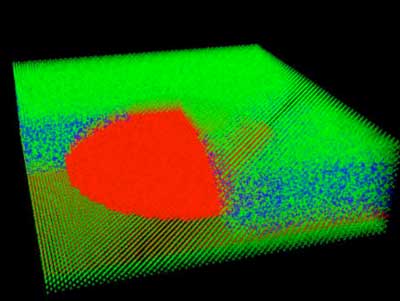 Scientists have discovered a new method that could be used to build quantum sensors with ultra-high precision.
Scientists have discovered a new method that could be used to build quantum sensors with ultra-high precision.
Subscribe to:
Comments (Atom)

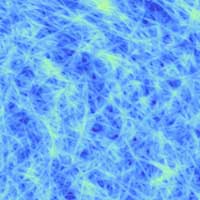 New process produces extremely smooth cellulose layers on an industrial scale.
New process produces extremely smooth cellulose layers on an industrial scale.